9 weird ways that the weather will actually stop you watching free TV

Who would have thought that the weather was to blame for the blank TV screen?
Photograph: Shutterstock
1. No satellite signal? Check your dish for snow!
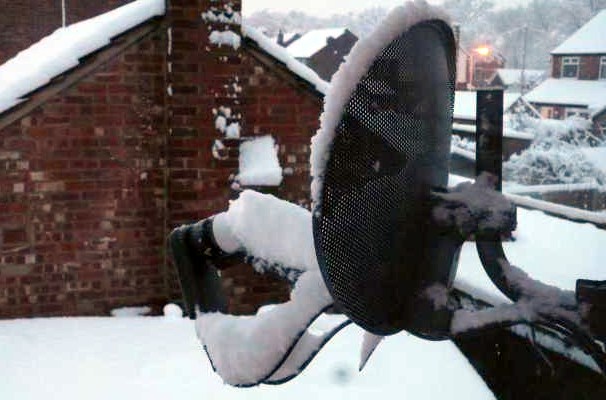
Normally, if you get 'No Signal' or 'Technical fault' on your Sky or Freesat box there is a solution: What can I do when my Sky Digibox says 'No Signal' or 'Technical fault'?
However, if it has snowed you will also find the same message. And there is nothing wrong with your box, or viewing card. This time it is the simple matter of there being snow on the dish or LNB. See more at No satellite signal? Check your dish for snow!
2. What is the Inversion Effect and why does it effect my Freeview TV reception?
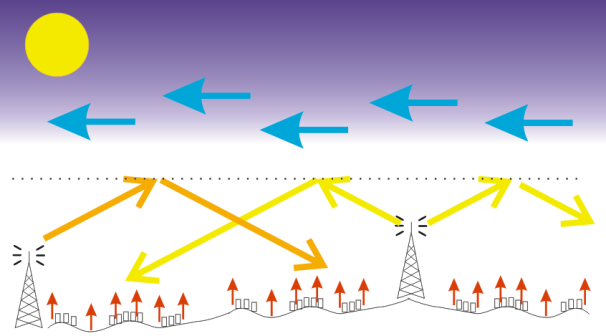 When there is high atmospheric pressure (BBC Weather - UK Pressure chart) as the sun heats up the ground the warm air gets trapped underneath the colder air higher up. At the point where the warm air gets trapped under the cold air this creates a layer that is, in effect, a mirror for the television signals.
When there is high atmospheric pressure (BBC Weather - UK Pressure chart) as the sun heats up the ground the warm air gets trapped underneath the colder air higher up. At the point where the warm air gets trapped under the cold air this creates a layer that is, in effect, a mirror for the television signals.
I recommend you look at the Tropospheric Ducting Forecast for VHF and UHF Radio and TV page for a current forecast - yellow, orange, red, and pink indicate that conditions are perfect for the effects listed above. See What is the Inversion Effect and why does it effect my Freeview TV reception?
3. Your satellite TV signal is scatted by rain

"Rain fade refers primarily to the absorption of a microwave radio frequency (RF) signal by atmospheric rain, snow or ice, and losses which are especially prevalent at frequencies above 11 GHz. It also refers to the degradation of a signal caused by the electromagnetic interference of the leading edge of a storm front." See Rain fade - Wikipedia, the free encyclopedia Which free digital TV system will give me the most reliable reception? - Freeview Interference - ukfree.tv - 11 years of independent, free digital TV advice
4. Seasonal tree growth is now in the way of your aerial

The TV signal needs a line-of-sight from the transmitter to your aerial and anything that gets in the way and is connected to the ground will do exactly what your aerial does and grabs a bit of the signal. In the winter the tree will absorb a little of the signal, but you can still watch TV. However, as the leaves grow they act as bigger and bigger aerials themselves and block the signals from getting to your aerial. In effect the aerial is in the "shade" of the transmitter!
5. The wind has rattled your rooftop aerial and now it's pointing the wrong way
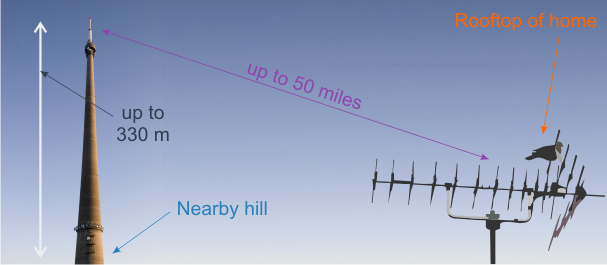
If it's been windy, you might find that the Freeview signal is not working. It is also sensible to check that your aerial has not been moved or damaged by wind or weather as first step.
For good reception, the roof top aerial should be pointing directly at the transmitter mast. If, for some reason, it no longer is you will need to replace it. For safety reasons, you should use a professional: falling from roof-height is invariably fatal.
BBC News - Entertainment - Rod Hull dies in rooftop fall
Which free digital TV system will give me the most reliable reception? - Freeview Interference
6. Rain water has got into your aerial cable because you didn't loop it
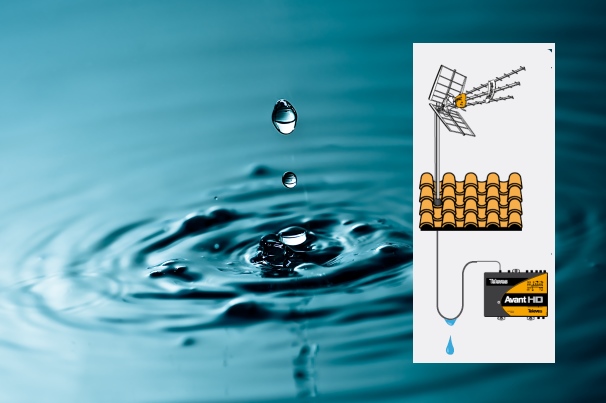 The coaxial cable that is carrying the signal to the interior of the building is exposed to the weather.
The coaxial cable that is carrying the signal to the interior of the building is exposed to the weather.
Sometimes the cable can also carry out the not desired function of a water pipe: rainwater can be piped through the coaxial cable and finish in the your TV or set top box.
The simple solution is a loop right before the connector deflecing water drops towards the outside. More at Info 11 - May 2012 - Televes
7. Your aerial has been hit by lightening
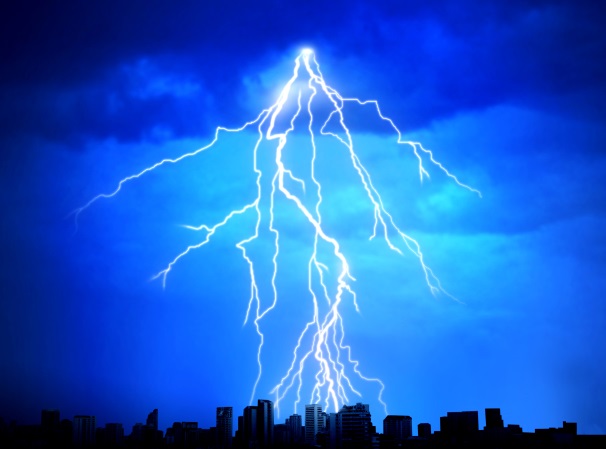
Yes, it does happen. From BBC News - Lightning strike hits Bolton house 'melting' the curtains
A lightning bolt hit a house in Bolton, blowing a hole in the roof before it travelled down the chimney, exploded in the fireplace and "melted" the curtains.
Margaret Hart, 70, and her husband had to stay with a neighbour after the strike destroyed the fuse box and blew light switches off the walls.
8. The TV transmitter has iced up ... and fallen down
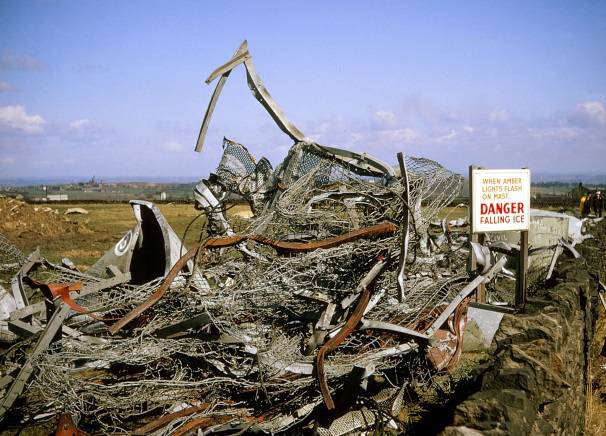
"if you had been watching BBC North television forty years ago, you might remember this happening to your picture! Screens across Yorkshire went blank after the one thousand two hundred foot tall transmitter collapse in icy weather"
(Photo from 41. Collapse of Emley Moor TV mast - 1969 - Flickr - Photo Sharing!)
9. An extremely powerful solar flare destroys all the satellites around the world

"When aimed directly at Earth, major solar flares and coronal mass ejections can pose a threat to astronauts and satellites in orbit. They can interfere with GPS navigation and communications satellite signals in space, as well as impair power systems infrastructure on Earth."
See Solar Flare, 2013's Most Powerful So Far, Sparks Radio Blackout, NASA Says (PHOTO) HowStuffWorks "Solar Flares and Coronal Mass Ejections"
All questions
In this section
Monday, 20 November 2017
MikeP
5:52 PM
5:52 PM
Ger:
Please could you tell us what the signal strengths are as reported by your TV set. It is best if the SD channels have between 50% and 85% whilst HD ones should ideally be between 60% and 85%. It would be worth comparing those figures during the day and in the evening while the problems occurs.
| link to this comment |
Select more comments
Your comment please!